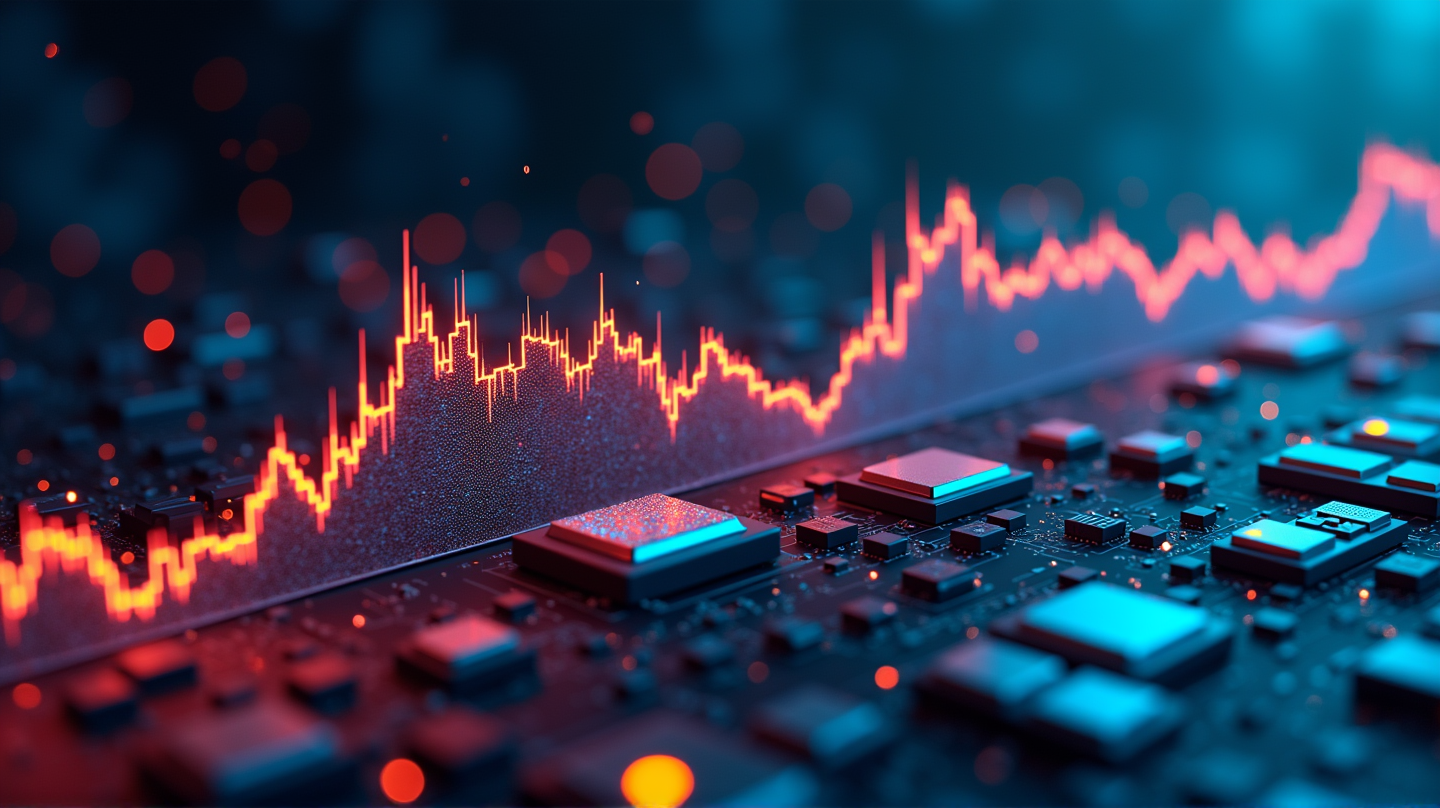Korea Discount Fades: Kospi Soars to New Heights, K-Premium Era Begins
The Korean stock market breaks past 4,000 points as the 'K-premium' era signals the end of the Korea discount, driven by tech and global investments.

The Korean stock market is experiencing a renaissance, marked by the Kospi’s recent breakthrough past the significant 4,000-point threshold. This historic moment symbolizes the ‘K-premium’ era, an epoch that sees the end of the notorious “Korea discount,” as foreign capital flows back with vigor, boosting Korea’s global financial presence.
From Discount to Premium: The Ascendancy of Kospi
For years, international investors shunned the Korean market, handicapped by the debilitating “Korea discount.” However, this narrative has been overturned with the Kospi index reaching an unprecedented 4,042.83 points on Monday, signifying a dramatic shift towards a Korean investment boom. Since January 2021, when the Kospi first surmounted the 3,000-point barrier, it has climbed an astounding 68.5% this year alone.
Tech Titans at The Helm: AI and Chips
The rally is fueled by a resurgence of interest in Korean tech stocks. Companies like Samsung Electronics and SK Hynix, pivotal players in the semiconductor sector, are spearheading this surge. Samsung’s shares broke the long-coveted “shipman Samsung” level of 100,000 won, while SK Hynix’s AI chip technology has become a focal point, drawing massive investor interest.
The International Backdrop: Global Capital Influx
According to global financial trends, Korea’s burgeoning influence on world markets is being driven by diverse global supply chains in shipbuilding, nuclear energy, and defense sectors. Foreign investors have injected nearly 12 trillion won into Korean equities, emboldened by recent market reforms and policy shifts to enhance shareholder rights.
The Path Ahead: Visions of Kospi at 5,000
Market analysts express optimism about Korea’s economic trajectory, fueled by robust corporate performance and shareholder-friendly reforms. Experts predict that if current conditions persist, the Kospi could soar to the 5,000 mark by mid-2026. This momentum is underpinned by the semiconductor and AI sectors, alongside emerging trends in finance and energy.
Future Momentum: Caution and Confidence in Tandem
Despite the exuberance, caution is advised. Earnings growth must align with market enthusiasm to sustain levels. Lee Jin-woo from Meritz Securities highlights that for Kospi to stabilize at 5,000, corporate profit escalation from 200 trillion won to 300 trillion won is crucial.
The Broader Picture: Advances in Finance and Energy
Diversification across sectors like finance, defense, and nuclear energy is increasingly part of Korea’s growth narrative. Policy reforms aiming to ease dividend taxes and promote key industries align with this ambition. As stated in KED Global, the trajectory for these sectors is promising and unlikely to wane.
Korea’s march beyond the old “discount” narrative towards a vibrant “K-premium” status is well underway, powered by dynamic technological and policy innovations. The Kospi’s new milestones are more than just numbers; they represent Korea’s soaring ambition and growing influence on the global stage.





